- Learning time
- 20 minutes
- First play time
- 90 minutes
Fool´s Gold
Designed by: Joshua Balvin
In Fool’s Gold the players are mining for ingots in the gold rush of 1849. During the game you grab what you can from the five areas available to mine – but try to avoid bad weather and false alarms!
The board is placed centrally and five decks of cards are shuffled and placed on their spots: Hills, Forests, Mountains, Rivers and Lakes. Everyone starts with a number of workers and six coins. At the start of each round a bunch of dice are rolled, then placed on the gold trail with the matching number (there is no six trail; we’ll come to why in a moment). Players then take turns placing workers, paying coins to put a worker on one of the trails. You can pay a lot of coins for a high-up spot, or less for a lower spot. Or, instead of placing a worker, you can place one of the ‘jokers’ – a six die (if there are any) on the trail – the more dice on the trail, the more gold there is to be found – at least, potentially. Or, if you’re running out of cash, you can sacrifice a worker to return three coins to your supply.
After everyone has placed their workers, a number of cards are flipped over at each location – how many cards is the total number of workers there multiplied by the total number of dice (which is why you might add a six die to a trail, to bump up your chances of success). If there’s bad weather, you lose a card from your total. If there’s a false alarm, all the good cards you turn over are shuffled, and one is lost. Then players start taking cards – the player with the most workers on the trail chooses first, and if there are ties the player whose worker is furthest up the track takes precedence. Silt cards are worthless, gold cards are valued between one and five ingots, and gem cards can be collected for points at the end of the game. But with all the silt, bad weather and false alarms about, it’s quite possible that your workers end up with nothing at this point!
However, they can still be useful. You can remove a worker to bump up your economy by a couple of coins, or he can wait it out for Winter.
In winter, any workers still on the trails (i.e. they haven’t taken a card, or money) now have a chance to grab some gold or a gem. The player lowest on the trail rolls a die and the matching number of cards are revealed from the deck – workers then take these cards using the same preference system as above. But you now don’t have the option of removing a worker for two coins, so digging in winter can be a considerable risk: the die may only roll a one, or you might even roll a six but turn over a bunch of bad weather, false alarms and silt.
The round over, everyone returns their workers and coins to behind their screens and takes an extra worker for the next round. This continues for five rounds in total, and then cards are scored:
Gems score a number of points depending on how many different colours you have. More is good!
Gold scores one point per ingot – BUT! The gold you’ve collected the most of (the river, or the forest, for instance) is considered fool’s gold – it’s worthless, and counts nothing toward your score!
You also want to make sure you have gold from all five of the regions – any missing region is minus five points. The richest player wins!
The guru's verdict
-
Take That!
Take That!
There is some Take That, as you might expect in a gold rush. You can block out players from trails, take the cheaper routes, and nab majorities in an area by passing - any unused workers can be placed into any region. They won't get you any cards, but they do count towards majority.
-
Fidget Factor!
Fidget Factor!
Pretty low, although it starts to creep up the more players you have. But it's not a game drowning in options.
-
Brain Burn!
Brain Burn!
It's fairly straight-forward really; pay money, place a worker. Or sacrifice a worker to get money back. The agonizing is how lucky do you feel?
-
Again Again!
Again Again!
Maybe it doesn't resonate the gold rush in terms of theme, but it really does resonate risk-taking, and that's kinda where the fun is.

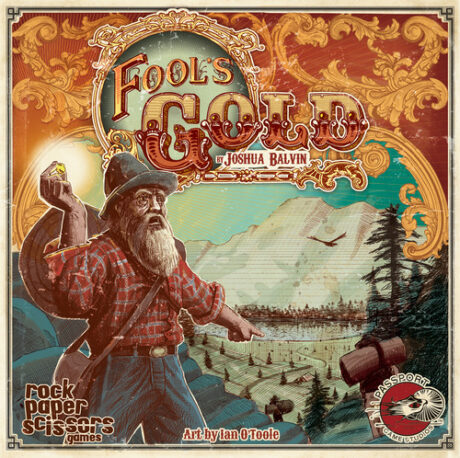

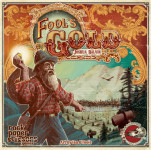
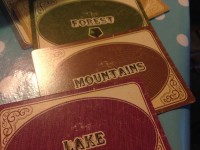
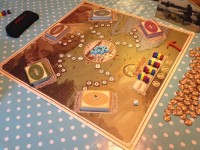
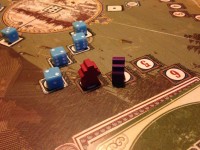
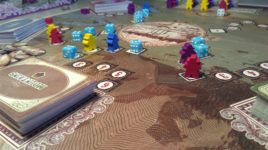


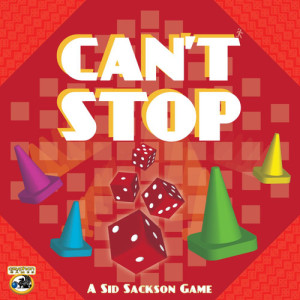
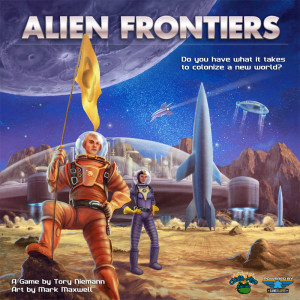
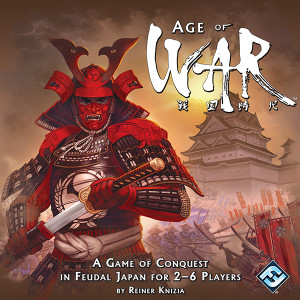
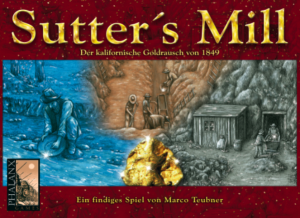
Sam says
There are many games that use worker-placement (put a guy on the board to get you something), but what's interesting about Fool's Gold is the incorporation of risk. I like it; it looks different, the push-your-luck element is great - I love the fact you can pull a rabbit out of the hat (sometimes) by risking all in winter - plus the fool's gold in final scoring (a sting in the tail that figures in other games such as High Society and Hab & Gut) laces the whole thing with a gentle menace.